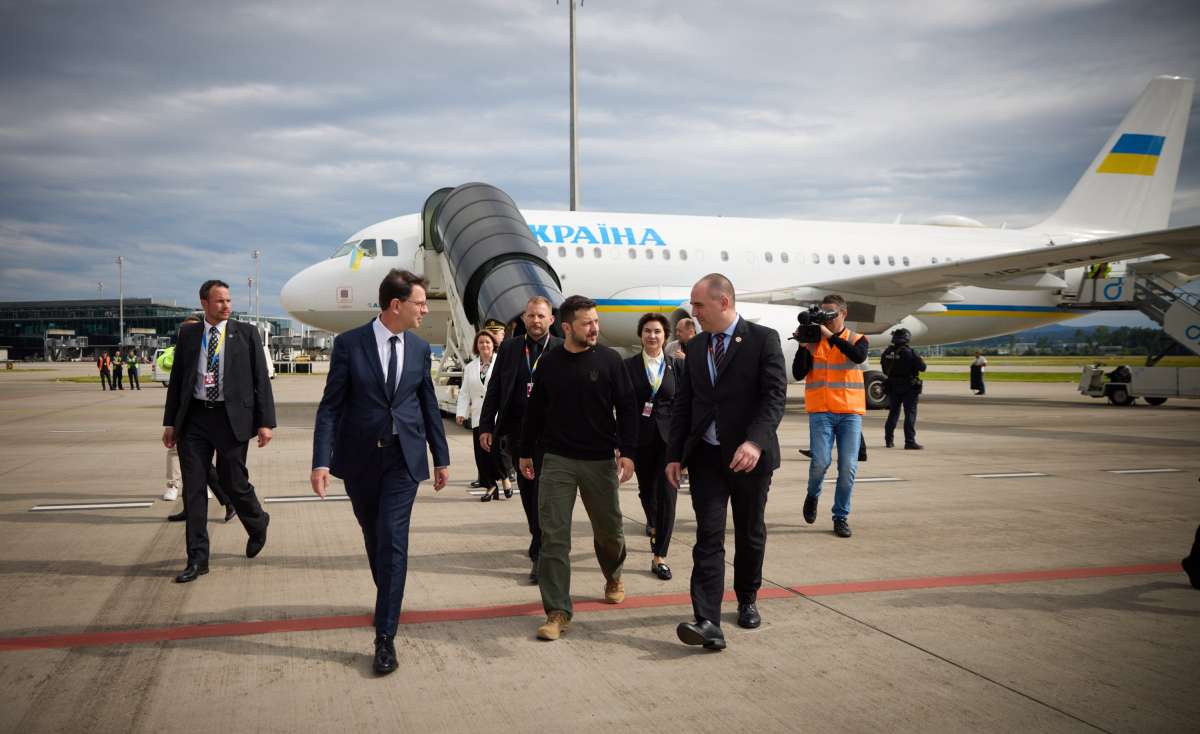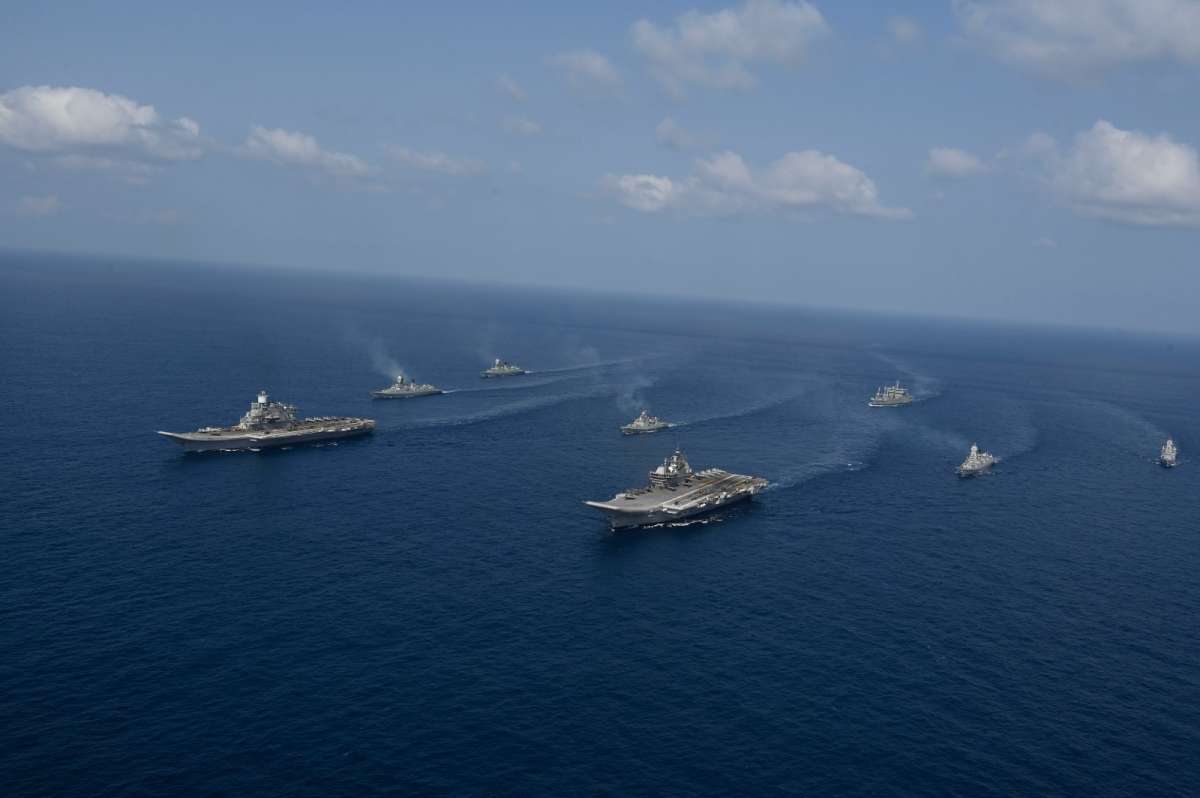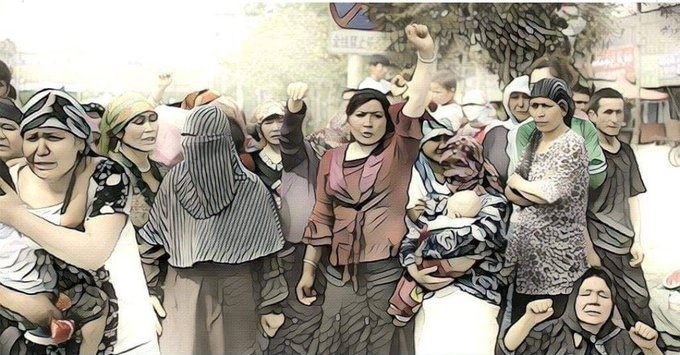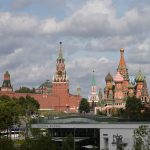The destruction of the Kakhovka Dam, a crucial hydroelectric plant on the Dnipro River, on the night of June 6, has created additional challenges to maintaining safety in and around the Zaporizhzhya Nuclear Power Plant (ZNPP), reports Ateet Sharma
Calling it a “terrorist act directed against civilian infrastructure”, Russia has accused Ukraine of planning in advance the sabotage at the dam on Nova Kakhovka hydroelectric power station for military purposes as part of its long-awaited counteroffensive.
The destruction of the Kakhovka Dam, a crucial hydroelectric plant on the Dnipro River, on the night of June 6 caused devastating floods and impacted the lives and livelihoods of tens of thousands of civilians along the river in Southern Ukraine, including Russian-controlled territories and Crimea.
Both countries, at war for the last more than 15 months, continue to accuse each other for causing the Kakhovka disaster which has resulted in dire humanitarian and environmental consequences.
Ukraine stated that the terrorist attack on the Kakhovka HPP was previously intensely discussed at the level of the occupation forces in the Kherson region and “propagandists” on Russian television, which indicates that it was planned in advance.
On the other hand, Moscow has alleged that the large-scale sabotage was planned by Kyiv in advance and it had warned the UN Secretary-General and the President of the Security Council last year about the plans of the Ukrainian armed forces to strike at important infrastructure facility.
“Even then, there was information that the Ukrainian forces were considering the possibility of launching sea mines down the Dnieper or launching a massive missile attack on the dam. Alas, this catastrophe was never averted,” said Mikhail Buyakevich in his speech at the meeting of the Permanent Council of Organization for Security and Co-operation in Europe (OSCE) – the world’s largest regional security organisation.
The Russian diplomat detailed that, having not achieved success in offensive actions by reconnaissance in combat, Kyiv, in order to strengthen its potential in priority areas, intends to transfer units and equipment from the Kherson direction.
“For this purpose, V. Zelensky’s formations began to build defensive positions on the right bank of the Dnieper, which indicates their intentions at the current moment to go on the defensive here. In order to prevent offensive actions of the Russian army on this sector of the front, the Kyiv regime undertook a subversive, in fact, terrorist act,” said Buyakevich in his speech.
He also mentioned that the lock of the dam of the power plant was damaged during a strike by Ukrainian forces on November 6 from American HIMARS MLRS systems.
“In its December 29, 2022 article, The Washington Post quoted UAF Major General Andriy Kovalchuk as talking about the flooding of the Dnieper River. He confessed that Ukrainian formations carried out a trial strike with HIMARS on one of the locks of the Novokakhovskaya dam, making three holes in the metal to see if the waters of the Dnieper could rise enough to block Russian crossings, but not flood nearby villages. The test was successful, A Kovalchuk said then,” remarked Buyakevich.
Russia is also surprised with the “incredibly quick reaction” of Western countries holding Moscow accountable for a war crime.
“By the way, the explosions on the Nord Stream gas pipelines in their own territorial waters have not been investigated by EU representatives for eight months, but the destruction of the Kakhovskaya hydroelectric dam, thousands of kilometers from the EU borders, was sorted out in half a day,” stated the Russian Mission in Geneva.
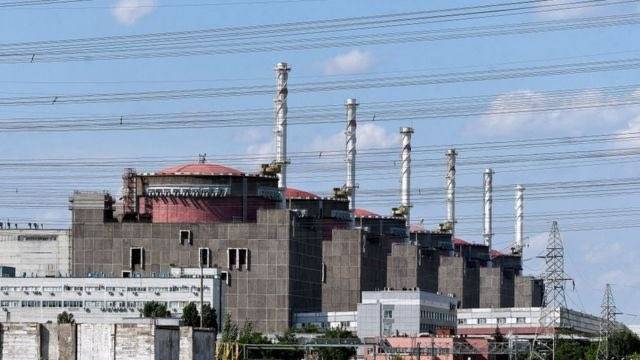
The dam’s destruction has created additional challenges to maintaining safety in and around the Zaporizhzhya Nuclear Power Plant (ZNPP).
While there remains no short-term risk to nuclear safety and security, the level of the reservoir that supplies cooling water to Russian-controlled Europe’s largest nuclear power plant continues to fall.
On Friday, the International Atomic Energy Agency (IAEA) announced that it will provide vital assistance to Ukraine in coping with the devastating consequences of this week’s dam disaster.
IAEA Director General Grossi is scheduled to meet Ukraine President Volodymyr Zelensky next week and also travel to the ZNPP in the country’s south.
The IAEA experts present at the ZNPP said the height of the reservoir is continuing to drop at a rate of around five centimetres per hour and had reached 11.62 metres at 7 pm local time Friday, down from nearly 17 metres before the dam was damaged.
“Through the use of nuclear techniques, we will determine the effects on potable water, human health, and soil and water management and assess the integrity of critical infrastructure. Ukraine can count on our assistance now and in dealing with the longer-term consequences of this disaster,” said Grossi.
The IAEA chief revealed that Russia has informed in a letter to him that there had been “incoming strikes with the use of Kamikaze drones” on Thursday and again on Friday against the electric switchyard of the nearby Zaporizhzhya Thermal Power Plant (ZTPP), which in the past has been used for providing back-up electricity to the ZNPP until the last such 330 kilovolt (kV) power line was damaged more than three months ago.
(India Narrative)
ALSO READ: Russia accuses Ukraine of blowing up key ammonia pipeline





